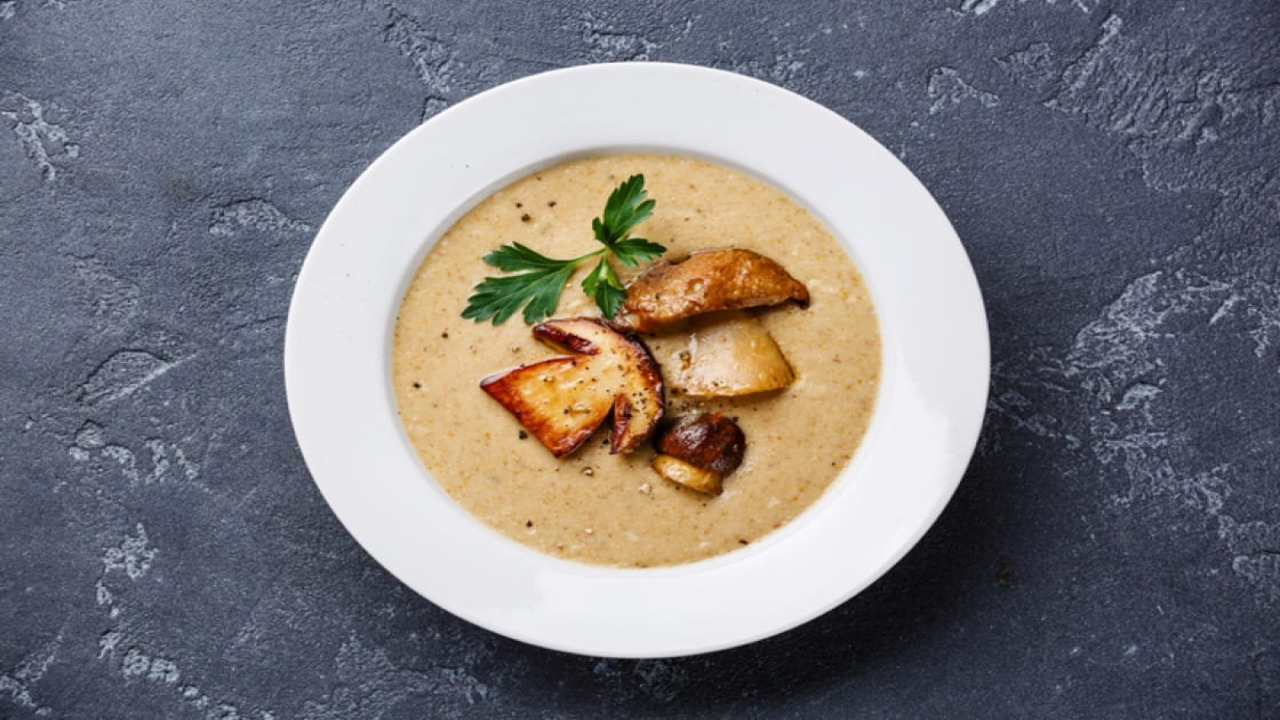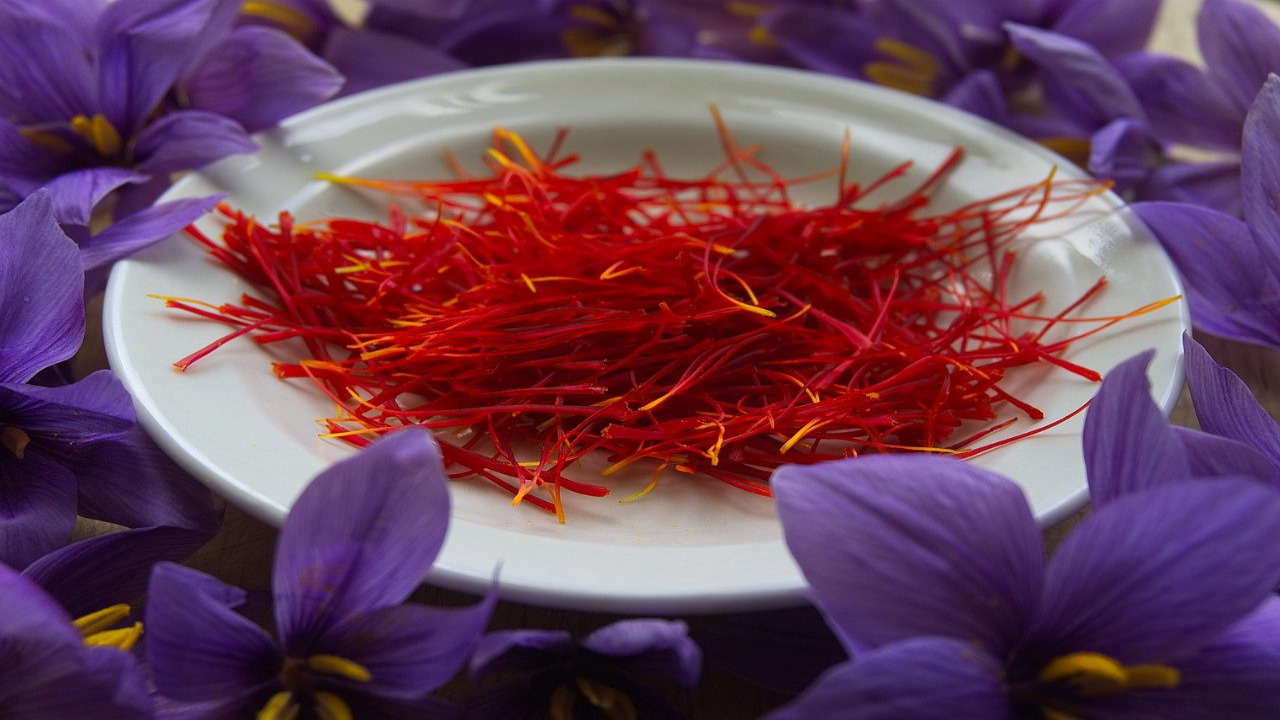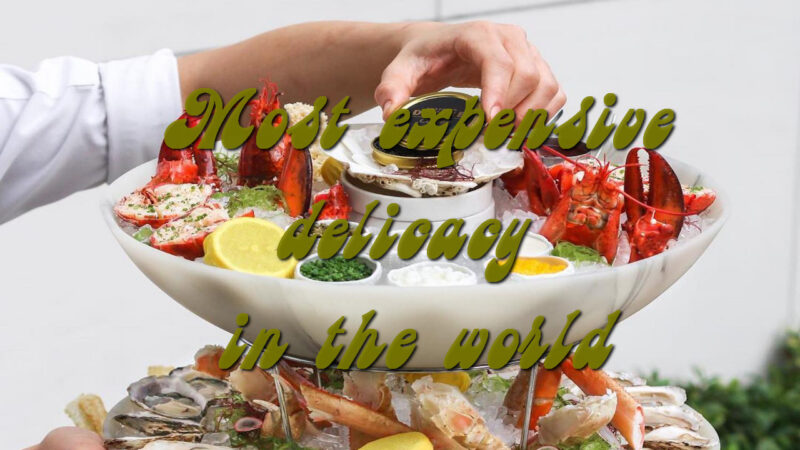The world of gastronomy is a treasure trove of flavors and culinary experiences, ranging from the humblest street food stalls to the most luxurious dining establishments. However, among these delights, there exists a realm of extraordinary extravagance that caters to the discerning palates of the world’s elite. These are the rare and exquisite delicacies that fetch staggering prices, not just for their taste but for their exclusivity and rarity. In this article, we delve into some of the most expensive delicacies the world has to offer, tantalizing not only the taste buds but also the bank accounts of those fortunate enough to indulge.
Almas Caviar: The Jewel of Culinary Luxury

Among the most opulent offerings on the gastronomic stage is the Almas caviar. This rare and remarkable delicacy hails from the depths of the Caspian Sea, where the prized Beluga sturgeon swims. What sets Almas caviar apart is its exceptional quality and age. The roe is sourced from sturgeon that are a century old, giving it a distinct and unparalleled flavor profile. Each egg shimmers with a pearly hue, resembling precious gems more than mere sustenance.
The Truffle Treasure: A Fungus Worth Gold
Moving from the depths of the sea to the earth’s surface, we encounter the truffle—a subterranean fungus that holds an esteemed place in haute cuisine. Truffles are known for their intense aroma and unique earthy taste, making them a favorite among top chefs and food enthusiasts. The white truffle, found predominantly in the Piedmont region of Italy, stands as one of the most expensive delicacies. Its rarity, coupled with the difficulty of cultivation and the use of specially trained truffle-hunting dogs, contributes to its astronomical price tag.
Matsutake Mushrooms: A Rare Delight from the East

Venturing to the East, we discover the exquisite matsutake mushroom. Revered in Japanese cuisine, these fungi thrive in the wild and are notoriously challenging to cultivate. Matsutake are highly sought after for their aromatic and earthy fragrance, adding a unique dimension to dishes. Their scarcity, coupled with a high demand, makes them a true luxury in the culinary world.
Yubari King Melon: The Pricey Fruit Fit for Royalty
Shifting our attention to fruits, the Yubari King Melon reigns supreme. Cultivated in Japan’s Yubari region, these melons are meticulously nurtured to attain a flawless, uniform shape and exceptionally sweet flavor. Often presented in ornate boxes, Yubari King Melons are exchanged as prestigious gifts and can command jaw-dropping prices at auctions.
Kopi Luwak Coffee: A Brew from Unusual Beginnings
In the realm of beverages, Kopi Luwak coffee stands out as an extraordinary indulgence. This Indonesian coffee is unique in its production process: the beans are ingested and excreted by civet cats before being harvested and processed. The fermentation that occurs in the digestive tract of these animals is said to impart a distinctive and smooth taste to the coffee. The labor-intensive nature of production and the rarity of the beans contribute to its steep cost.
Saffron: The Golden Spice of Exquisite Flavor

No discussion of luxurious culinary ingredients would be complete without saffron. Known as the “red gold,” saffron is harvested from the delicate threads of the Crocus sativus flower. It takes an immense number of flowers to produce even a small quantity of saffron, making it one of the most expensive spices by weight. Its vibrant color, distinct flavor, and use in a wide range of dishes have cemented its place as a symbol of luxury in kitchens around the world.
Conclusion
The world of gastronomy is a tapestry woven with diverse flavors and ingredients, ranging from the everyday to the extraordinary. The most expensive delicacies in the world tantalize us not only with their taste but also with their exclusivity and rarity. Whether it’s the shimmering pearls of Almas caviar, the earthy aroma of truffles, or the sweet succulence of Yubari King Melons, these extravagant treats invite us to savor life’s most indulgent moments. While not everyone may have the opportunity to experience these delicacies firsthand, they serve as a testament to the artistry and passion that the culinary world can offer.
